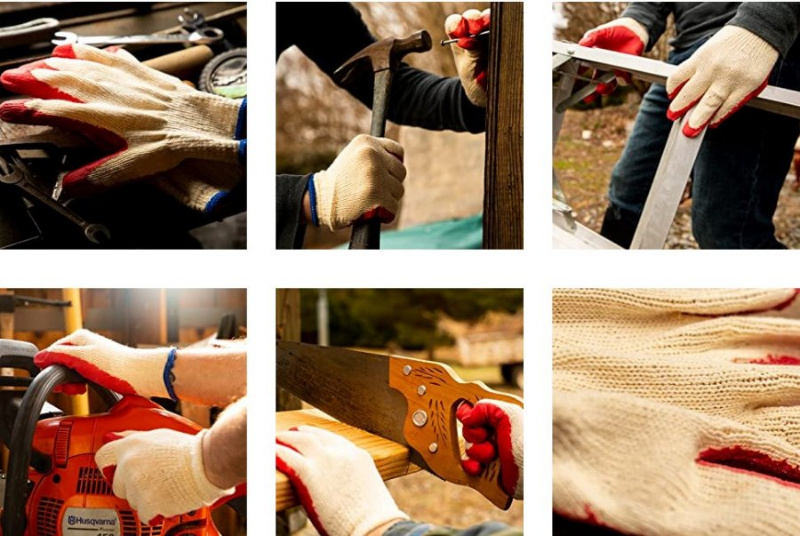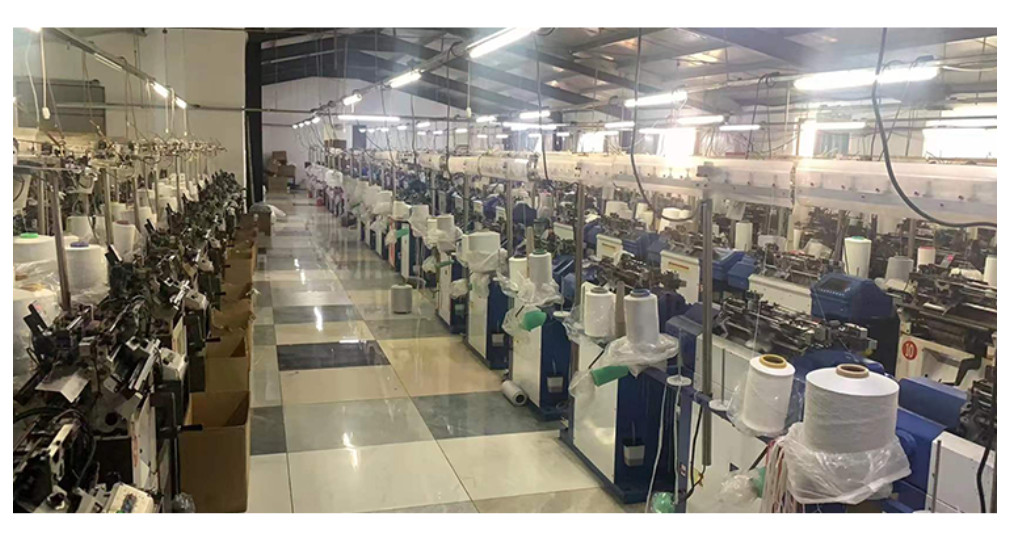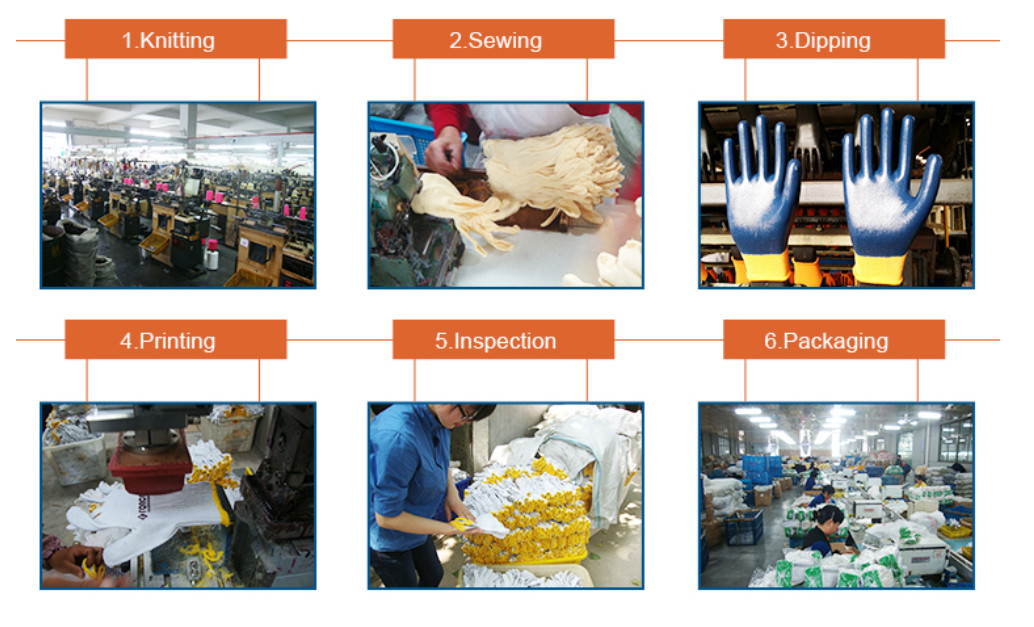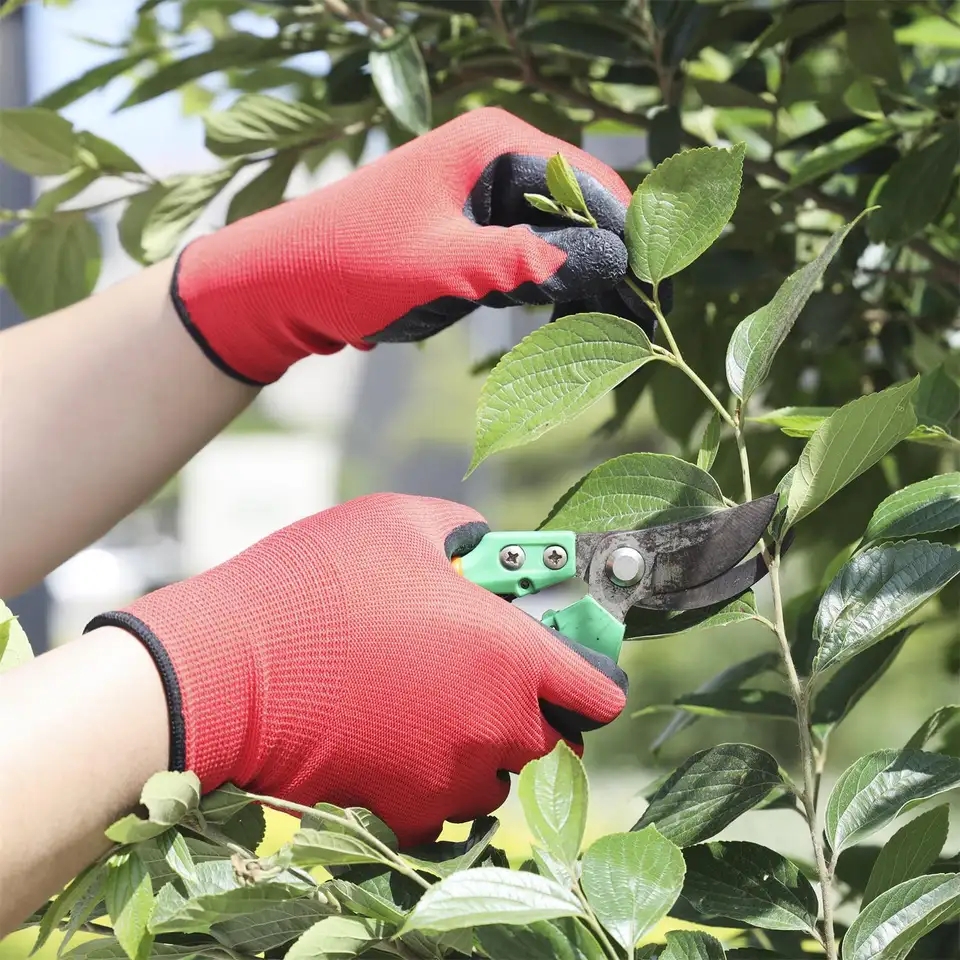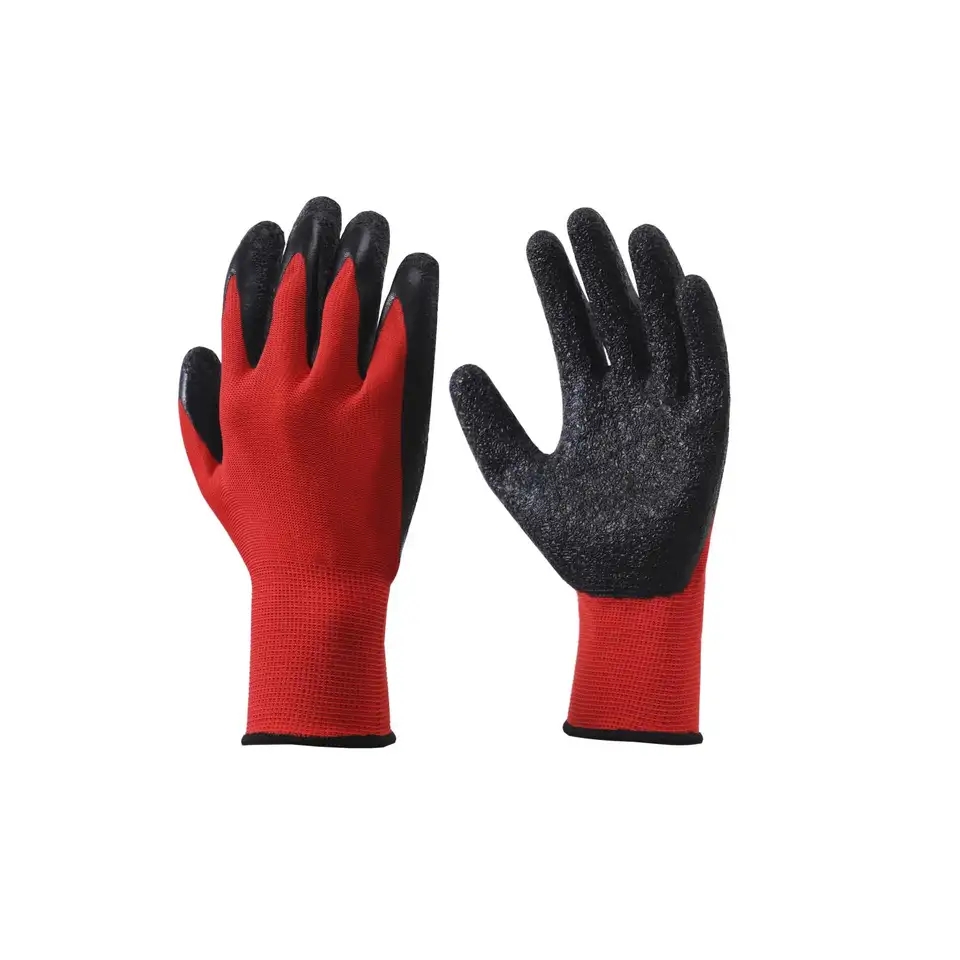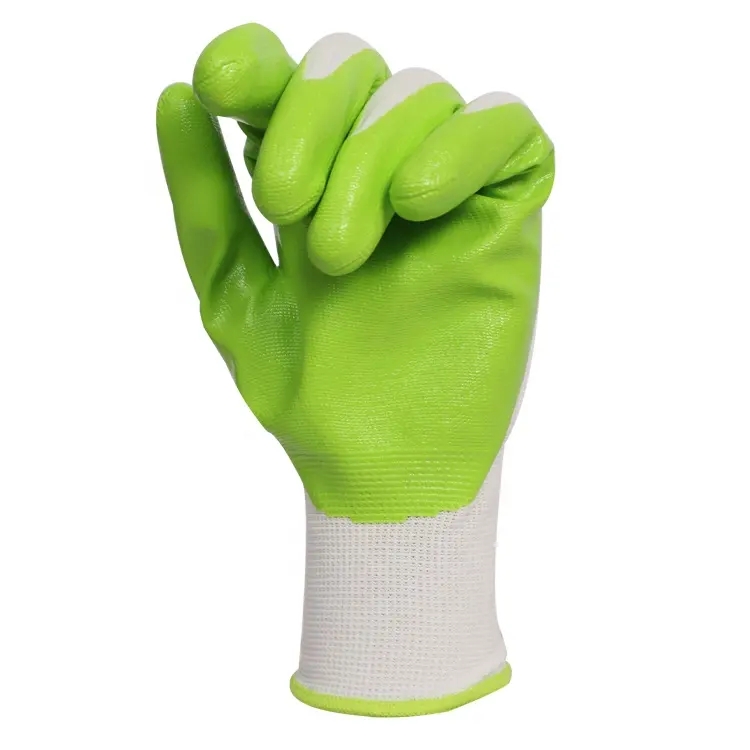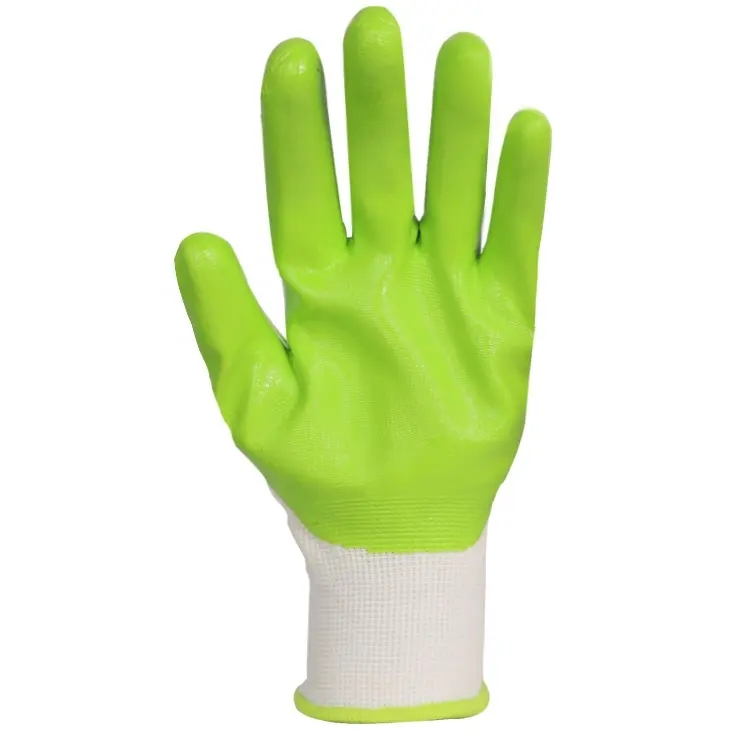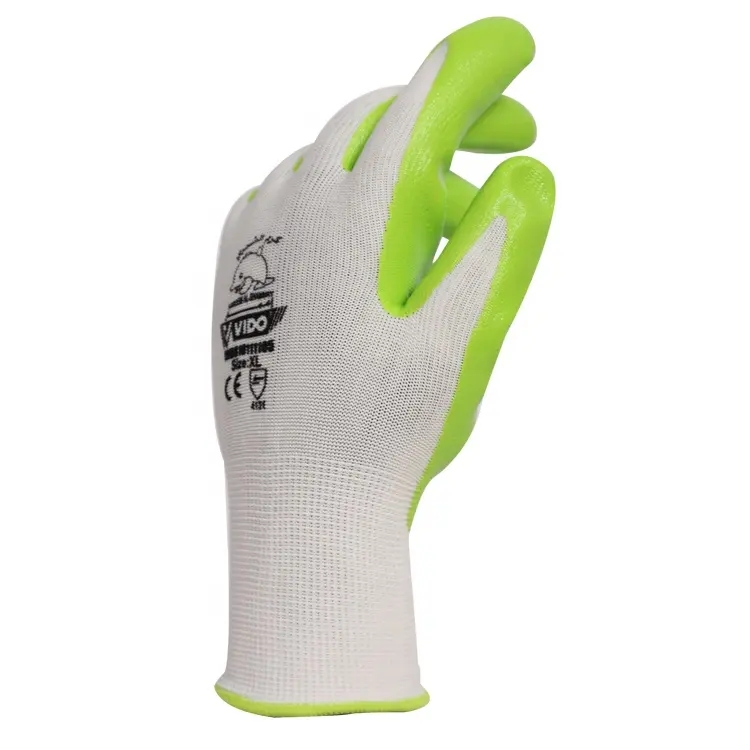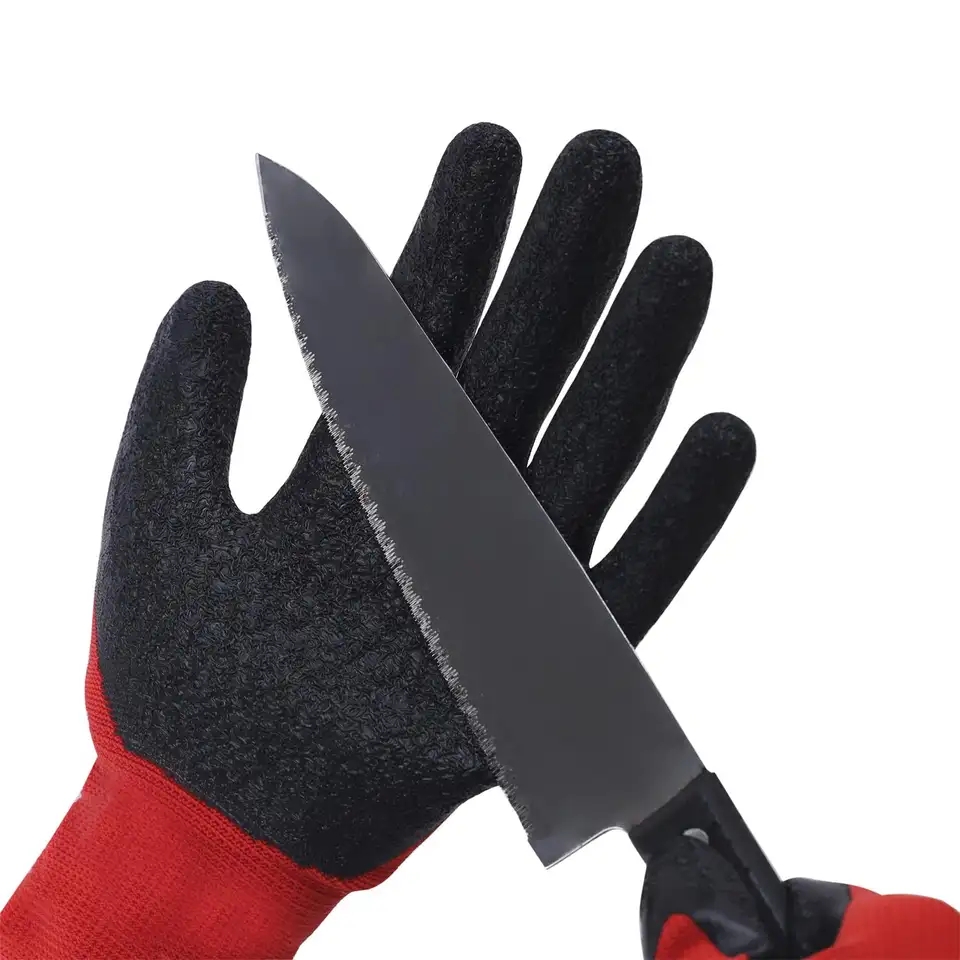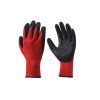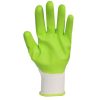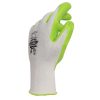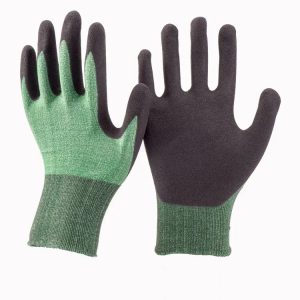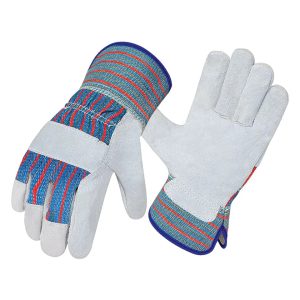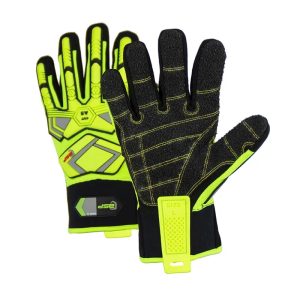“Safety Work Gloves: Your Trusted Partners in Workplace Protection”
Introduction: Safety work gloves are an essential component of workplace safety, offering crucial protection against a variety of occupational hazards. Whether you’re in the construction industry, manufacturing, or another field, the right pair of safety gloves can significantly reduce the risk of injuries and enhance overall safety. In this comprehensive guide, we will delve into the significance of safety work gloves, explore the different types available, and provide guidance on selecting the best pair to ensure your safety on the job.
1. The Critical Role of Safety Work Gloves Safety work gloves serve as a fundamental element of personal protective equipment (PPE), with multifaceted functions, including:
Protection against cuts, punctures, and abrasions.
Shielding hands from extreme temperatures.
Resistance to hazardous chemicals.
Enhanced grip and dexterity.
Safeguarding against electrical hazards.
2. Varieties of Safety Work Gloves Various types of safety work gloves are designed to address specific workplace risks:
Cut-Resistant Gloves: Ideal for industries dealing with sharp objects, such as construction and metalworking.
Heat-Resistant Gloves: Essential when working in high-temperature environments, such as welding or foundries.
Chemical-Resistant Gloves: Crucial for protection against harmful chemicals, frequently found in laboratories and chemical plants.
Electrically Insulated Gloves: Vital for electrical workers to prevent electric shocks and burns.
General-Purpose Gloves: Versatile gloves suitable for light to medium-duty tasks across various industries.
3. Selecting the Right Safety Work Gloves Choosing the appropriate safety work gloves involves a careful consideration of several key factors:
Hazard Assessment: Identify specific workplace risks to determine the level of protection required.
Material: Choose gloves made from materials tailored to the particular hazards you face, such as leather, Kevlar, or rubber.
Size and Fit: Ensure your gloves fit comfortably, providing dexterity without being too tight or loose.
Durability: Invest in gloves designed to withstand the demands of your job, ensuring they remain effective over time.
Compliance: Verify that your selected safety gloves meet relevant safety standards and regulations.
4. Maintenance and Care Proper maintenance of your safety work gloves is essential to ensure their longevity and effectiveness. Regularly inspect and clean your gloves, and replace them when signs of wear and tear emerge.
Conclusion: Safety work gloves are not just a piece of equipment; they are your trusted companions in creating a safe and productive work environment. The right pair of gloves can be the key factor between a secure workplace and potential accidents and injuries. By understanding the various types of gloves available and selecting the most appropriate pair for your specific job, you are taking a significant step toward enhancing workplace safety.
